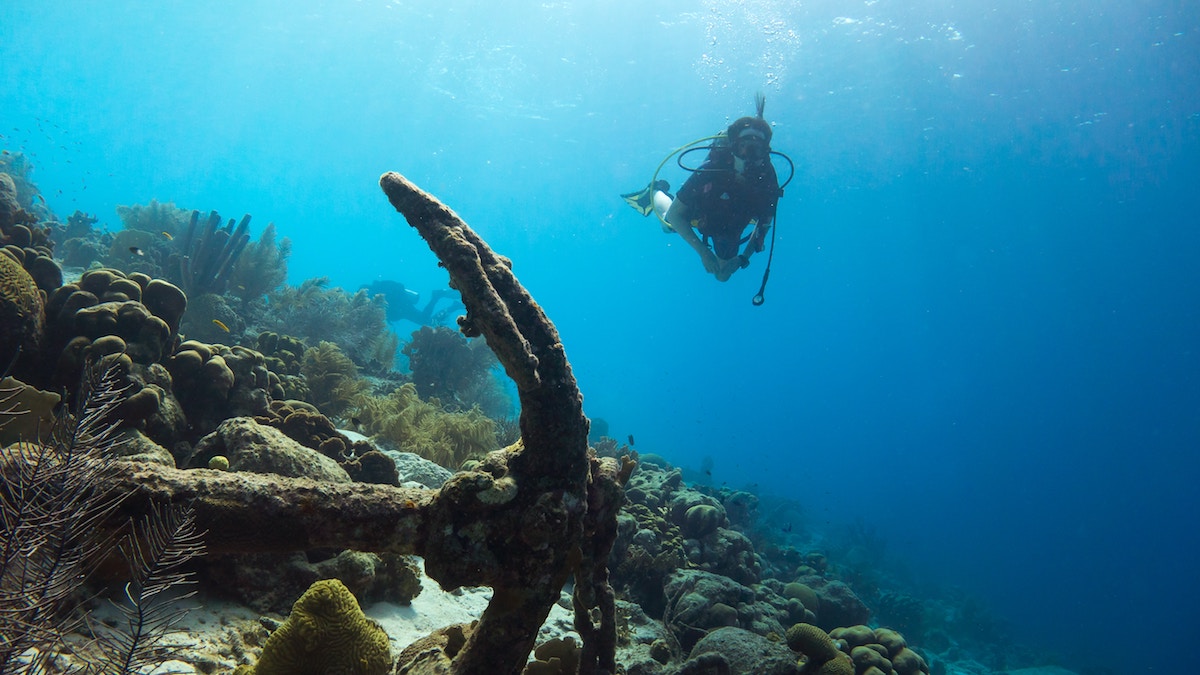As Lake, As Project
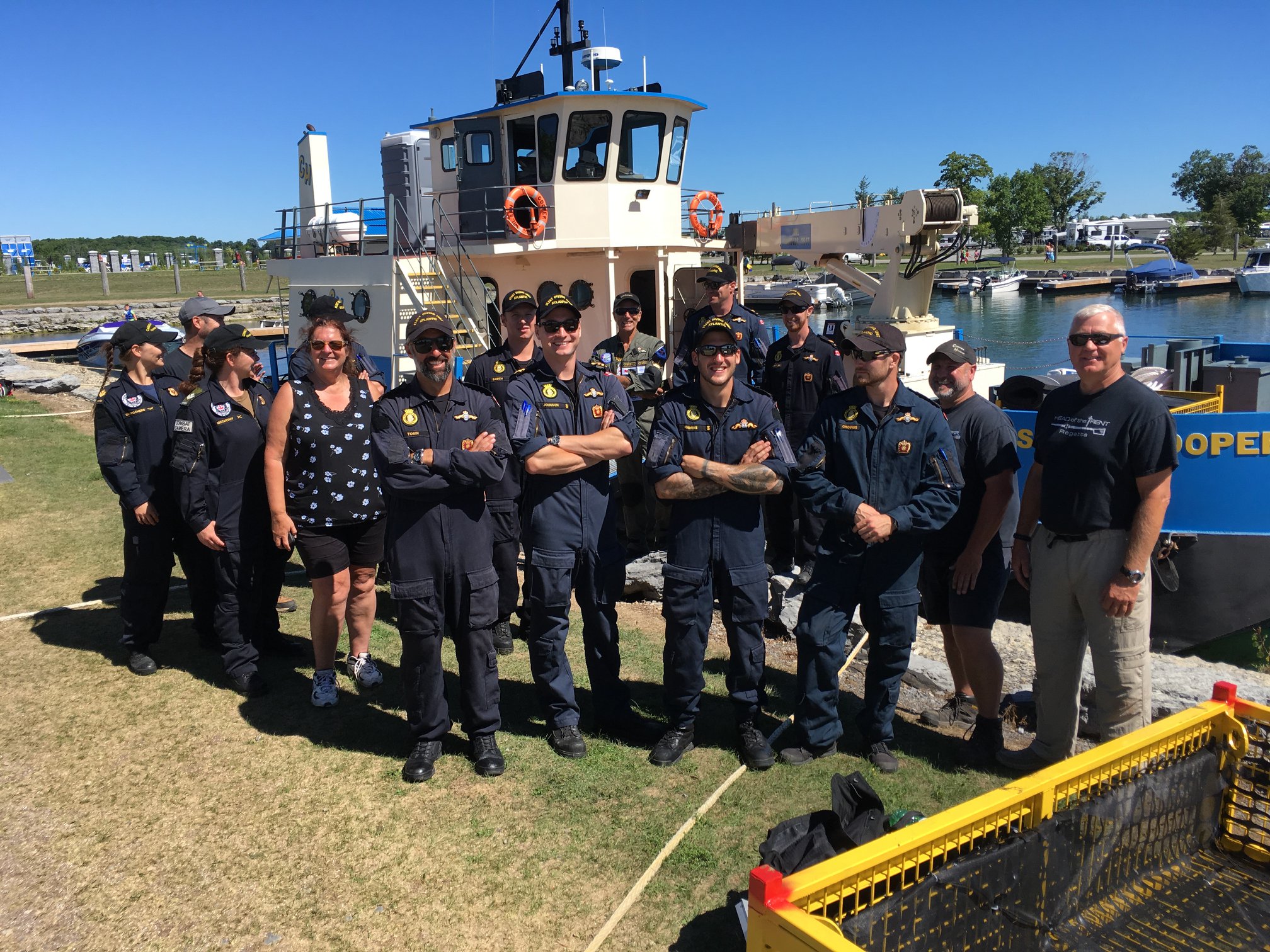 Now, you can imagine the seriousness of the lake that has a huge history. Looking at the vastness of the lake the project Raise the Arrow seemed very serious. They were not looking for some kind of made-up monster or alien base. In reality, they had no idea what they were looking for, but when the submarine’s sonar caught something on its radar the team was taken aback by the discovery. So, what did the submarine spot?
Now, you can imagine the seriousness of the lake that has a huge history. Looking at the vastness of the lake the project Raise the Arrow seemed very serious. They were not looking for some kind of made-up monster or alien base. In reality, they had no idea what they were looking for, but when the submarine’s sonar caught something on its radar the team was taken aback by the discovery. So, what did the submarine spot?
The Discovery
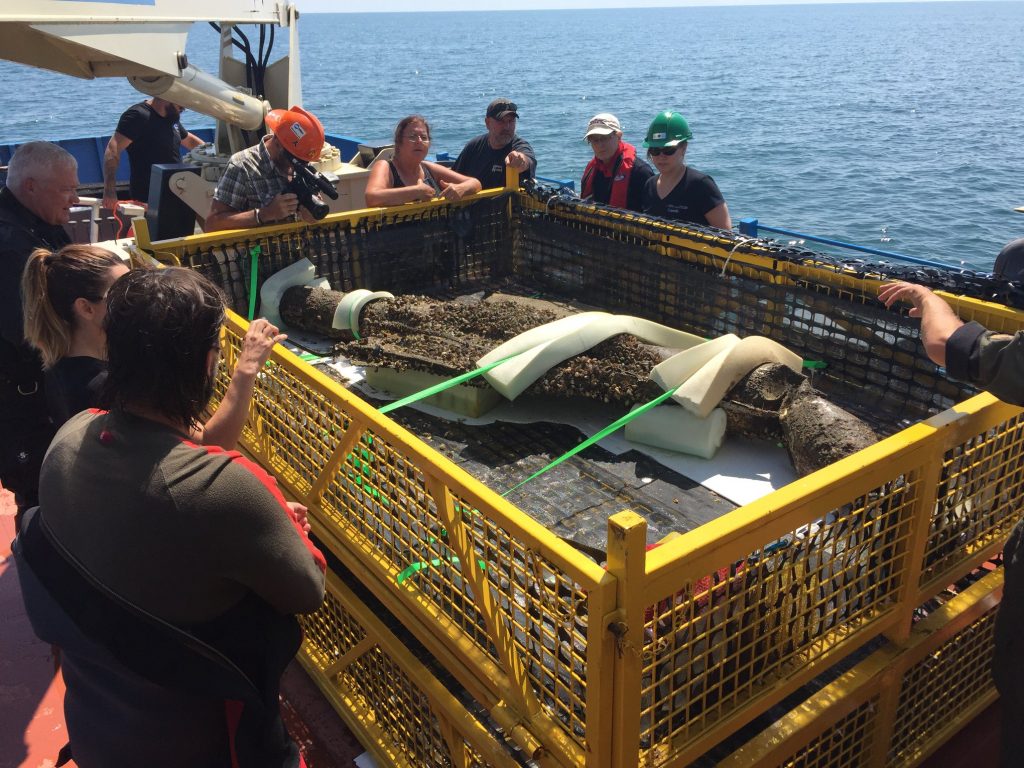
The team as using the remotely controlled automated mini-submarine for its exploration which had sonar installed on it. The sonar sent the team some images back from the sea. Looking closely at the images the team was stunned to see that they have found a long lost miniature of a prototype aircraft that was built in the 1950s. The prototype was never built again because it was lost in the lake leaving no clues behind its disappearance.
What Does It Mean? 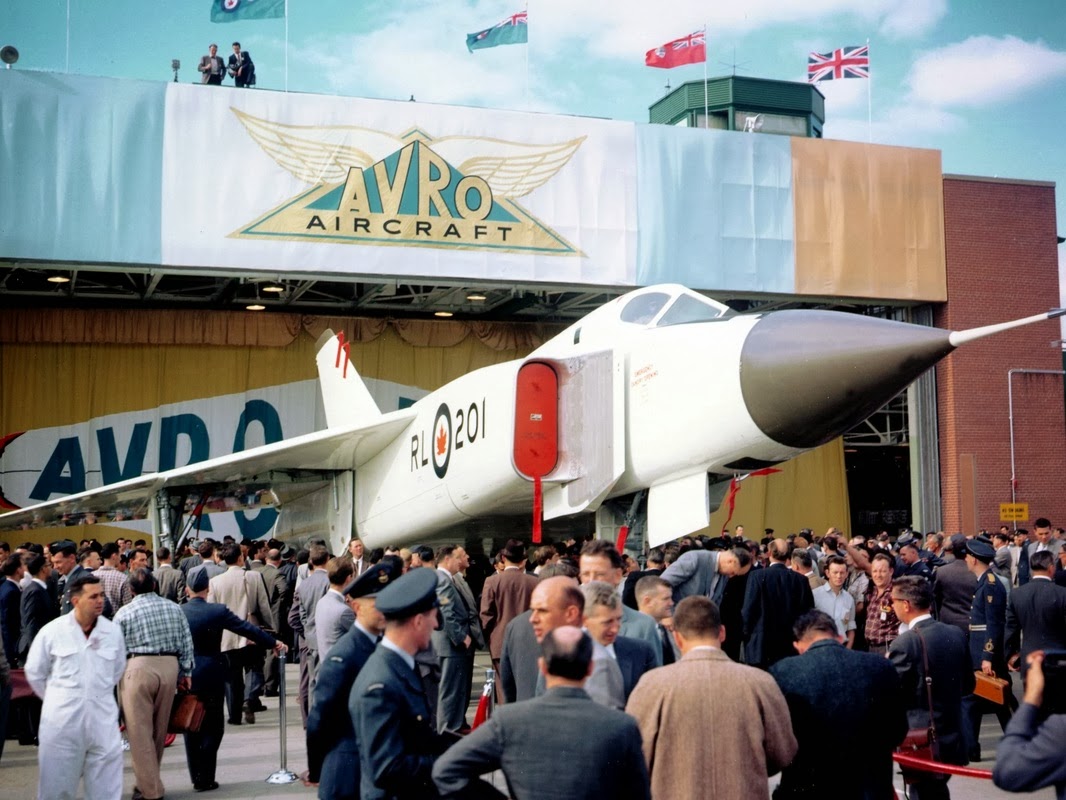
You might think what is so important about this prototype aircraft? To answer that we need to go back in the past some 60 years ago. It all began in 1946 when the Canadian government was trying to develop a jet fighter with amazing destructive power. And it was the prototype that crashed into Lake Ontario which was later discovered by the team.
The Cold War Effect
 Because of the Cold War which dominated the whole world at the time, the Canadia authorities wanted to a fighter plane that could give them a lead in the military. The Cold War as we all know was between the Communist states dominated by Russia and the Western Democracies which were led by the United States and its allies including Canada.
Because of the Cold War which dominated the whole world at the time, the Canadia authorities wanted to a fighter plane that could give them a lead in the military. The Cold War as we all know was between the Communist states dominated by Russia and the Western Democracies which were led by the United States and its allies including Canada.
After The WWII
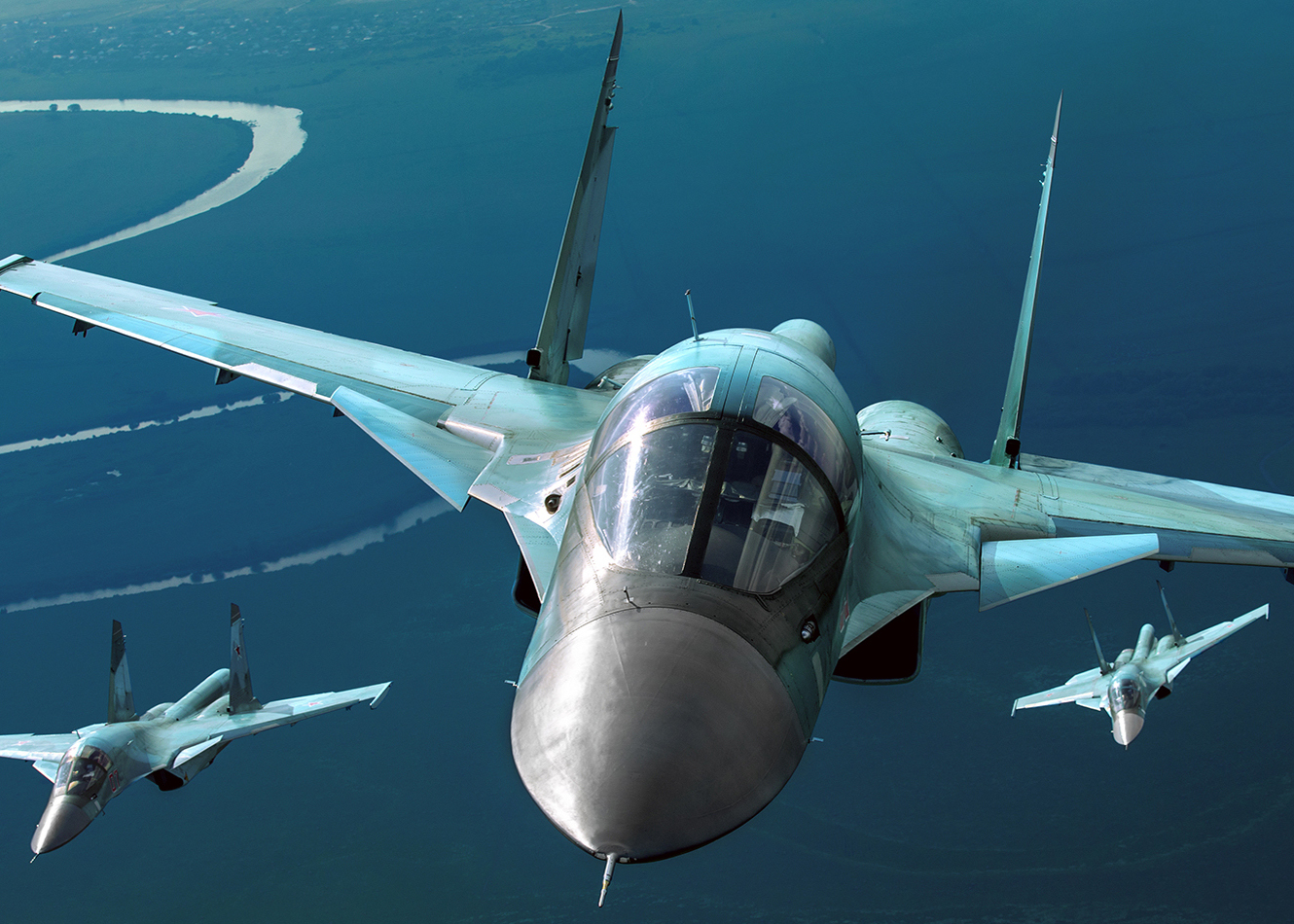 By the time WWII came to an end, the Soviets didn’t wait for long and they started to increase their military power, mainly the airborne capacity. They were building the aircraft which had the capability to transport nuclear weapons. The Soviets’ aircraft had the potential of flying over the Arctic to the point where the U.S and Canada were no far fetched points. Due to this reason, Canada wanted to have some power over the airborne strikes.
By the time WWII came to an end, the Soviets didn’t wait for long and they started to increase their military power, mainly the airborne capacity. They were building the aircraft which had the capability to transport nuclear weapons. The Soviets’ aircraft had the potential of flying over the Arctic to the point where the U.S and Canada were no far fetched points. Due to this reason, Canada wanted to have some power over the airborne strikes.
The Preparation
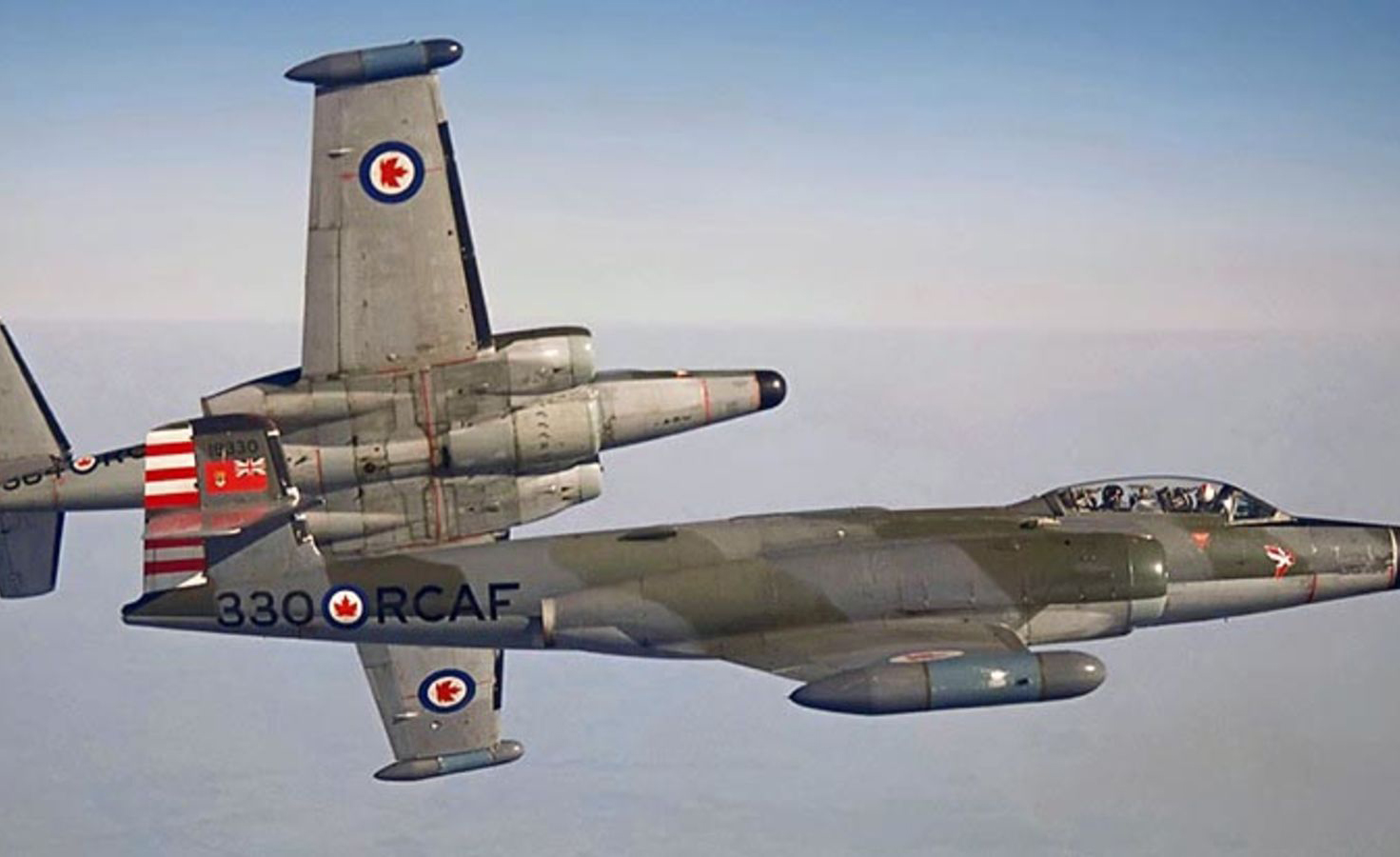
To counter back the Russian intimidation, the Canadian firm Avro Canada then known as the A. V. Roe Canada Limited was assigned the task of building aircraft that could counter back the Russian threat. And it was then the Avro CF-100 Canuck was born. It was nicknamed the Clunk which was officially launched in 1953 and remained in the military till the 1980s.
